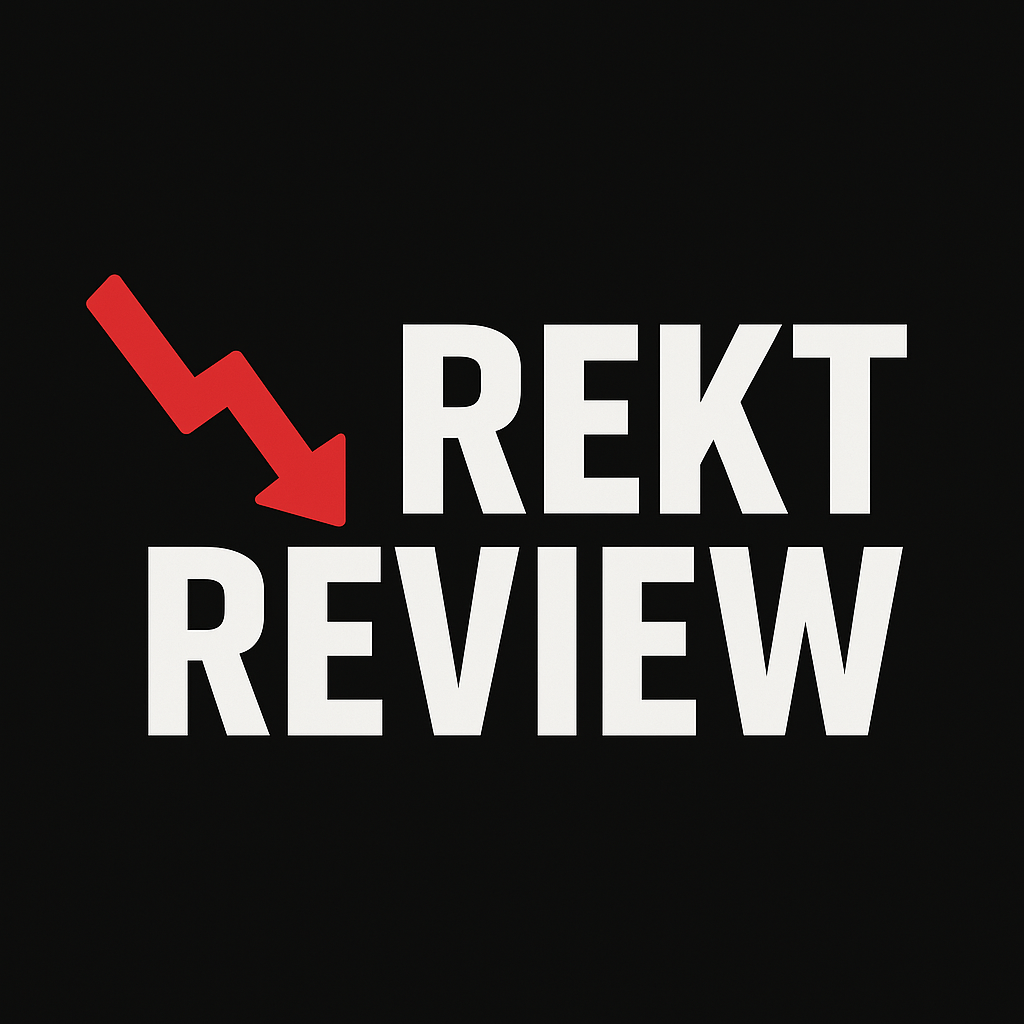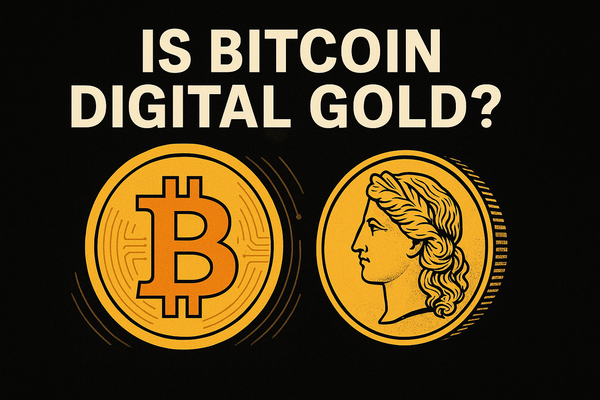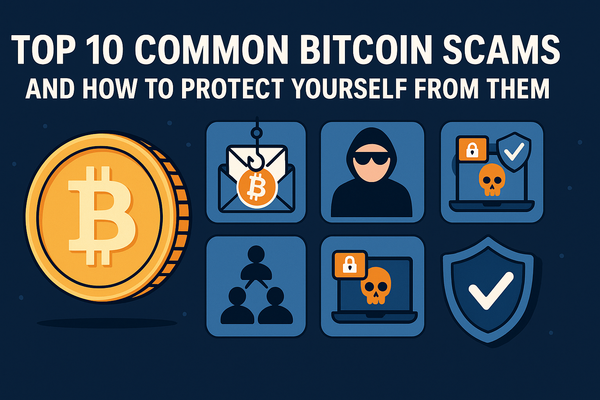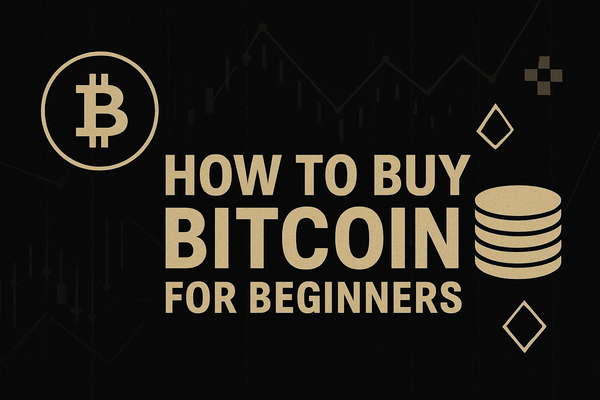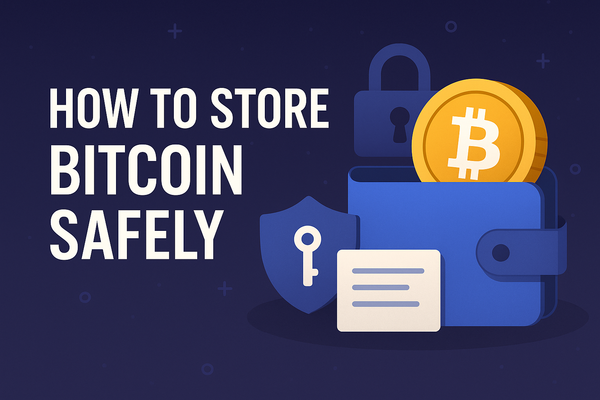What is DeFi? A Beginner’s Guide to Decentralized Finance
DeFi, or decentralized finance, is reinventing traditional banking through blockchain technology. Discover how it works, key platforms, benefits, and major risks.
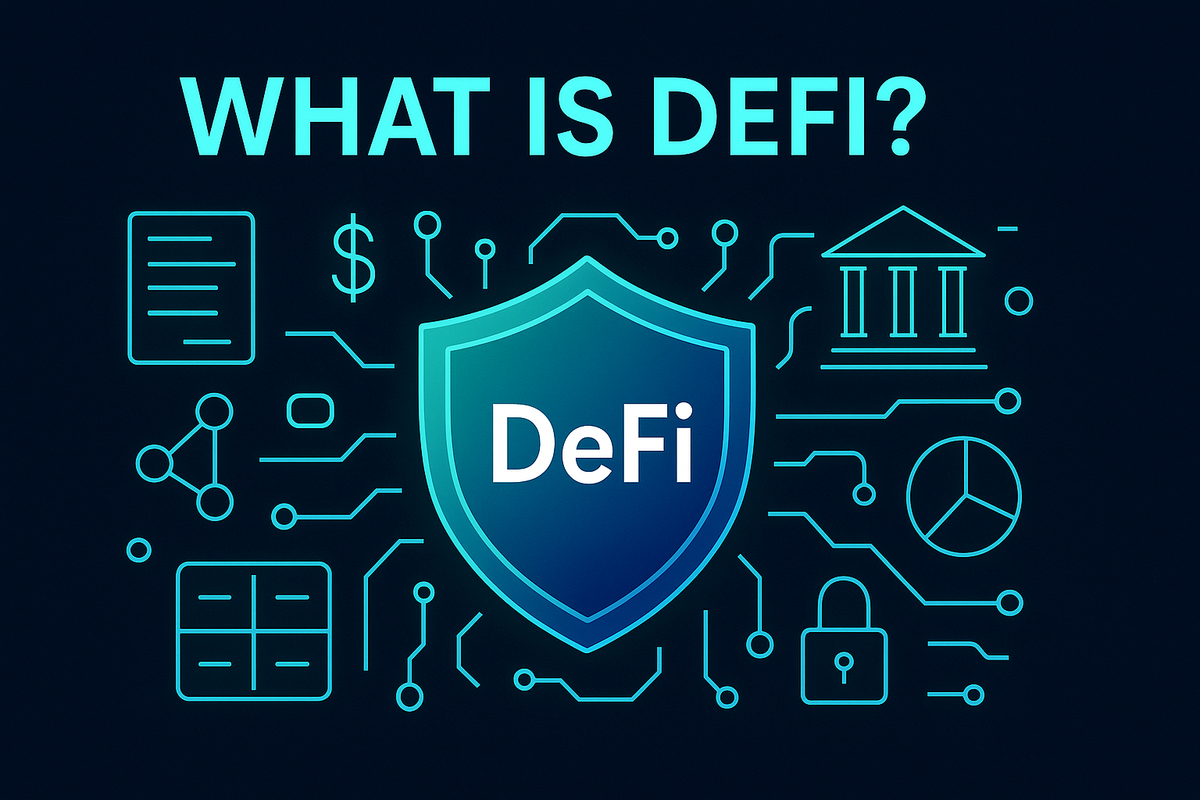
In recent years, decentralized finance—commonly known as DeFi—has emerged as one of the most disruptive innovations in the crypto ecosystem. By leveraging blockchain technology, DeFi aims to recreate and improve upon traditional financial systems such as lending, borrowing, trading, and saving—without relying on centralized intermediaries like banks or brokers.
This shift toward decentralization is not just a technical evolution; it's a philosophical one. DeFi promises open, permissionless access to financial services for anyone with an internet connection, no matter where they are in the world. It challenges the longstanding dominance of institutions that control the flow of money, credit, and information.
As DeFi continues to grow, understanding its foundations, potential, and risks becomes crucial for anyone interested in the future of finance. Whether you're an investor, developer, or just a curious observer, knowing what DeFi is—and what it isn't—will help you navigate this new financial frontier.
What Is DeFi: Understanding the Basics
Decentralized Finance, or DeFi, refers to a broad category of financial services built on public blockchains—primarily Ethereum—that operate without centralized intermediaries. At its core, DeFi is about removing trust from the equation. Instead of relying on banks or brokers to manage transactions, DeFi uses smart contracts—self-executing programs stored on the blockchain—to enforce rules and execute financial agreements automatically.
This makes DeFi fundamentally different from traditional finance. In a traditional setup, financial services are governed by a centralized authority. Opening a bank account, taking out a loan, or trading stocks all require permissions, identity checks, and middlemen. DeFi removes these barriers by allowing users to interact directly with protocols that are open to anyone, anywhere.
Another major distinction is transparency. Traditional financial systems operate behind closed doors. DeFi protocols, on the other hand, are open-source and auditable. Anyone can inspect the code or track transactions on-chain. This level of openness increases accountability and fosters innovation, as developers can build new tools on top of existing infrastructure.
Key Components of DeFi
The DeFi ecosystem is built on a few critical building blocks that enable it to function without centralized control. Understanding these components is essential to grasp how decentralized finance operates at a technical level.
1. Smart Contracts
Smart contracts are the backbone of DeFi. These are self-executing pieces of code deployed on blockchain networks like Ethereum. They define and enforce the rules of financial interactions—such as lending terms or trade conditions—without human intervention. Once deployed, they run exactly as programmed, eliminating the need for intermediaries and reducing counterparty risk.
2. Decentralized Applications (dApps)
DeFi services are accessed through decentralized applications, or dApps. These are user-facing interfaces that interact with smart contracts. Examples include Uniswap for decentralized trading, Aave for lending and borrowing, and Compound for interest-earning savings. dApps make DeFi accessible to everyday users without requiring deep technical knowledge.
3. Blockchain Infrastructure
Everything in DeFi runs on blockchain networks, with Ethereum being the dominant platform. The blockchain provides a secure, immutable ledger of transactions, ensuring trustless interaction between parties. Innovations like Layer 2 scaling solutions and alternative chains like Solana and Avalanche are also contributing to DeFi's growth by improving speed and lowering fees.
Together, these components create a permissionless, transparent, and programmable financial system.
Popular DeFi Applications (dApps)
DeFi isn’t just a concept—it’s a rapidly expanding ecosystem filled with real, functional tools. These decentralized applications (dApps) are reshaping how people interact with money, often providing more flexibility and accessibility than their traditional counterparts.
1. Decentralized Exchanges (DEXs)
Platforms like Uniswap, SushiSwap, and PancakeSwap allow users to trade cryptocurrencies directly from their wallets, with no need for an intermediary. Instead of order books, many DEXs use automated market makers (AMMs), which rely on liquidity pools and smart contracts to facilitate trades.
2. Lending and Borrowing Protocols
Apps like Aave and Compound enable users to earn interest by supplying crypto assets or take out overcollateralized loans without a bank. Interest rates are determined algorithmically based on supply and demand, and users retain custody of their funds through smart contracts.
3. Stablecoins
Stablecoins such as DAI, USDC, and USDT are a cornerstone of DeFi. These tokens are designed to maintain a stable value—typically pegged to the U.S. dollar—and are used to hedge against crypto volatility, enable easier transactions, and serve as collateral in DeFi protocols.
These applications form the core of many DeFi strategies and demonstrate the utility of blockchain technology beyond simple speculation.
Benefits of DeFi
DeFi offers a range of advantages over traditional financial systems, many of which stem from its decentralized, transparent, and open-source nature. These benefits are not just theoretical—they’re already impacting how people access and manage financial services globally.
1. Financial Inclusion
One of DeFi’s most transformative promises is accessibility. Anyone with an internet connection and a crypto wallet can participate—no bank account, credit score, or government-issued ID required. This opens up financial opportunities to billions of unbanked or underbanked individuals around the world.
2. Transparency and Auditability
All transactions and smart contracts on DeFi platforms are recorded on public blockchains. This means anyone can verify the code, track asset flows, and audit activity in real time. Transparency reduces the need for trust and increases accountability for developers and users alike.
3. Control and Ownership
DeFi returns control to users. You maintain custody of your assets, make transactions without permission, and interact directly with protocols. This self-sovereignty stands in sharp contrast to traditional systems, where your funds are often held and managed by third parties.
4. Programmable Innovation
Because DeFi is open-source, developers can build on top of existing platforms, creating new financial products at a rapid pace. This composability—often called "money Legos"—enables endless experimentation and innovation.
Risks and Challenges
Despite its promise, DeFi is not without significant risks. Users and developers alike must navigate technical vulnerabilities, market uncertainties, and evolving regulatory scrutiny.
1. Smart Contract Bugs and Exploits
Smart contracts are powerful but unforgiving. If there’s a bug in the code, funds can be lost or stolen—often irreversibly. Numerous DeFi platforms have suffered multi-million dollar hacks due to poorly written or unaudited contracts. Unlike traditional banking, there’s often no recourse or insurance.
2. Regulatory Uncertainty
DeFi operates in a legal gray area. Because protocols are decentralized and borderless, they often fall outside traditional regulatory frameworks. Governments worldwide are still determining how to classify, tax, and monitor DeFi platforms, which could lead to sudden crackdowns or compliance burdens in the future.
3. Market Volatility and Liquidation Risk
Many DeFi loans are overcollateralized, meaning your crypto collateral must exceed the loan value. If market prices drop suddenly, you risk automatic liquidation—your assets are sold to cover the loan. This adds pressure in already volatile markets and can lead to unexpected losses.
4. User Error and Complexity
Unlike traditional platforms with customer support, DeFi is self-custodial. Losing your private keys, sending funds to the wrong address, or interacting with a malicious dApp can lead to permanent losses. The learning curve remains steep for new users.
Understanding these risks is essential for navigating DeFi responsibly.
The Future of DeFi
The DeFi landscape is evolving rapidly, with new technologies and use cases emerging that could reshape the financial system as we know it. While the current ecosystem is still relatively young, the direction it's headed suggests major implications for both crypto and traditional finance.
1. Integration with Traditional Finance
DeFi and traditional finance may seem like opposites, but bridges are forming. Institutional investors are exploring DeFi platforms, and some banks are experimenting with blockchain-based settlement systems. This convergence could lead to hybrid models that combine the strengths of both systems.
2. Layer 2 and Scalability Solutions
One major bottleneck for DeFi has been the limited transaction capacity of blockchains like Ethereum. Layer 2 solutions—such as Optimism, Arbitrum, and zk-rollups—are improving scalability and reducing costs. As these technologies mature, DeFi can scale to support millions of users with faster, cheaper transactions.
3. Cross-Chain Interoperability
Projects are increasingly working to connect different blockchains, allowing assets and data to move freely between networks. This cross-chain functionality expands DeFi’s potential and reduces reliance on any single platform.
4. Regulatory Clarity and Compliance Tools
As governments clarify how DeFi will be regulated, protocols are developing tools for compliance—such as on-chain KYC solutions or permissioned DeFi environments. These developments may pave the way for broader adoption by institutions and mainstream users.
What is DeFi? FAQ
DeFi stands for Decentralized Finance, a system of financial services built on public blockchains that eliminates the need for traditional intermediaries like banks.
DeFi uses smart contracts on blockchains to automate financial transactions like lending, trading, and borrowing without human intermediaries or centralized control.
DeFi comes with risks, including smart contract bugs, scams, and market volatility. Users must do thorough research and understand the platforms they interact with.
Popular DeFi platforms include Uniswap for decentralized trading, Aave and Compound for lending and borrowing, and MakerDAO for stablecoins like DAI.
Yes, anyone with an internet connection and a crypto wallet can use DeFi platforms. No bank account, ID, or credit history is required to participate.
